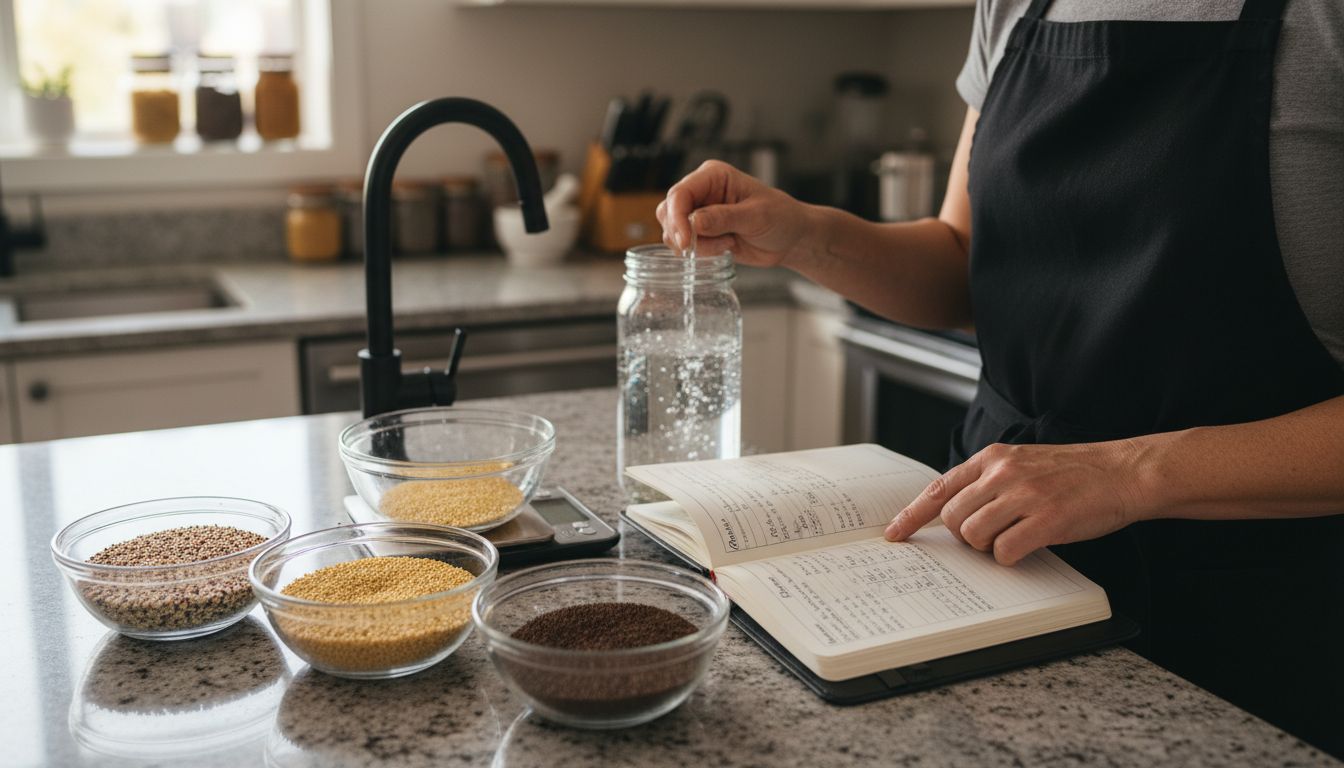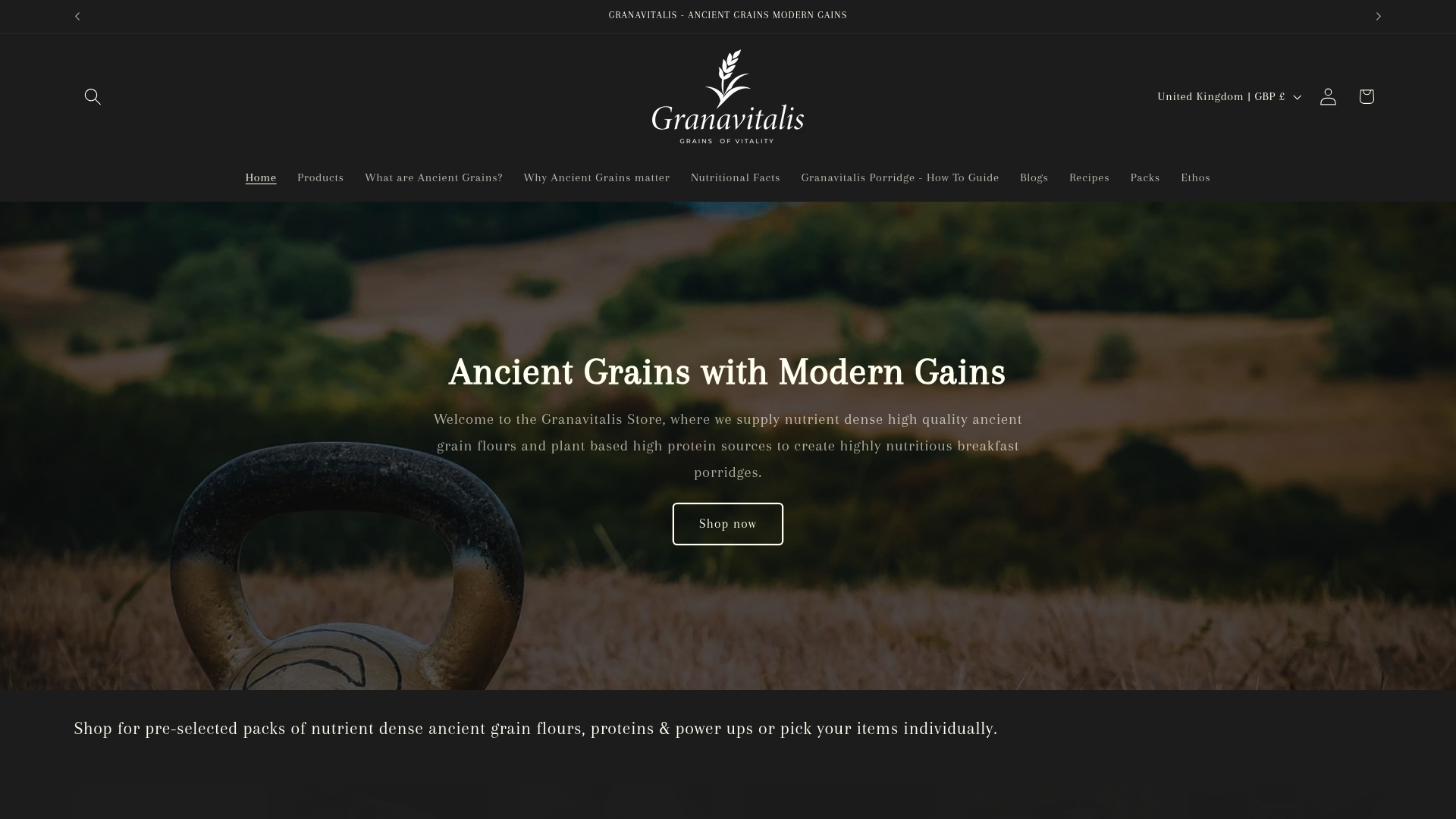
How to Use Ancient Grains for Nutritious Breakfasts
Share
Did you know that ancient grains like quinoa and millet deliver up to 40 percent more fiber than many common breakfast cereals? More people are turning to these powerhouse grains for improved energy, better digestion, and unique flavors each morning. With the right grain and simple techniques, you can enjoy a nutritious breakfast that stands out from the usual routine and helps you meet your wellness goals.
Table of Contents
- Step 1: Select Suitable Ancient Grains For Your Needs
- Step 2: Measure And Soak Grains For Optimal Texture
- Step 3: Prepare Grains With Nutrient-Boosting Add-Ins
- Step 4: Cook And Combine Grains For Balanced Breakfasts
- Step 5: Assess Texture And Flavour For Perfect Results
Quick Summary
| Key Point | Explanation |
|---|---|
| 1. Select suitable ancient grains. | Understand dietary needs to choose grains like quinoa, millet, or teff based on health benefits and personal taste. |
| 2. Measure and soak grains properly. | Use 75g of grains per 475ml of liquid and soak overnight for better digestibility and texture. |
| 3. Enhance nutrition with add-ins. | Add fruits, nuts, or spices to improve flavors and boost nutrient content in your breakfast. |
| 4. Cook grains thoughtfully. | Combine different grains for varied textures, using a 1:3 grain-to-liquid ratio for optimal cooking. |
| 5. Assess texture and flavor. | Perfect your porridge by adjusting cooking time and ingredients until achieving desired consistency and taste. |
Step 1: Select suitable ancient grains for your needs
Choosing the right ancient grains for your breakfast requires understanding your personal nutritional goals and taste preferences. This guide will walk you through selecting grains that not only taste great but provide substantial health benefits.
Start by assessing your dietary needs. Are you looking to manage blood sugar levels? Control weight? Increase protein intake? Different ancient grains offer unique nutritional profiles. According to research from Oxford Brookes University, millet is particularly beneficial for individuals managing pre diabetes, as it contains high levels of fiber and polyphenols that contribute to better blood sugar control.
Consider these top ancient grains for your morning routine:
Here’s a comparison of top ancient grains for breakfast:
| Grain | Key Nutrients | Unique Benefits | Gluten Free |
|---|---|---|---|
| Quinoa | Complete protein Magnesium |
All essential amino acids Light texture |
Yes |
| Millet | Fibre Polyphenols Iron |
Supports blood sugar Gentle flavour |
Yes |
| Teff | Iron Calcium Fibre |
Nutrient dense Creamy consistency |
Yes |
| Amaranth | Protein Calcium Fibre |
Ancient maize alternative Mild, nutty taste |
Yes |
| Einkorn | Protein Vitamin A Iron |
Slightly sweet Classic wheat flavour |
No |
- Quinoa: A complete protein source with all nine essential amino acids
- Millet: Excellent for blood sugar management and rich in minerals
- Teff: High in iron and calcium, perfect for those needing nutrient density
For individuals with gluten sensitivities, prioritise naturally gluten free options like quinoa and amaranth. Understanding Gluten Free Ancient Grains Guide provides comprehensive insights into selecting safe alternatives.
When purchasing, opt for organic whole grain varieties. These retain maximum nutritional value and are less processed. Look for grains that are minimally processed and free from unnecessary additives.
Dont be afraid to experiment with different grains. Each offers a unique flavor profile and nutritional benefit. Your perfect breakfast grain is waiting to be discovered.
Step 2: Measure and soak grains for optimal texture
Perfecting your ancient grain breakfast starts with precise measuring and proper soaking. These techniques will help you achieve a creamy, delightful texture that makes every spoonful enjoyable.
Start by selecting the right measurements. A good rule of thumb is to use approximately 75g of grains for every 475ml of liquid. According to cooking experts, this ratio ensures a consistently smooth porridge. For teff specifically, Teff: The Tiny Ancient Grain With Mighty Nutritional Power provides additional insights into grain preparation.
Measuring accurately is crucial. Use a kitchen scale for precision rather than relying on volume measurements. Different grains absorb liquid differently, so exact measurements matter.
Soaking grains overnight can dramatically improve their digestibility and reduce cooking time. Simply place your chosen ancient grains in a bowl, cover with water or milk, and let them rest in the refrigerator overnight. This process softens the grains and helps break down natural phytates, making nutrients more accessible.
When youre ready to cook, drain and rinse the soaked grains. Add fresh liquid and cook on low heat, stirring occasionally. As demonstrated in research from culinary sources, simmering teff with almond milk and a touch of vanilla creates a luxurious breakfast porridge.
One pro tip: experiment with liquid ratios. Some grains like quinoa might need slightly different liquid amounts compared to teff or millet. Dont be afraid to adjust based on your preferred consistency.
Ready to transform your morning meal? Your perfectly textured ancient grain breakfast awaits.

Step 3: Prepare grains with nutrient-boosting add-ins
Transforming your ancient grain breakfast from simple to spectacular involves strategic ingredient additions that amplify nutrition and flavour. This step will help you elevate your morning meal with intelligent nutrient boosters.
Start by considering complementary ingredients that enhance both taste and nutritional value. Research shows creative combinations can dramatically improve your breakfast experience. How to Incorporate Ancient Grains for Healthier Meals offers excellent inspiration for mixing ingredients.
Fruit can be a powerful nutritional enhancer. For teff porridge, sprinkle fresh blueberries and raspberries on top for added antioxidants and vibrant flavour. Cooking experts recommend adding cocoa powder for a chocolate twist that makes your porridge more interesting and nutritionally complex.
Protein is another crucial add in. Consider incorporating nuts like almonds or chia seeds for extra protein and healthy fats. Greek yoghurt can also provide a creamy texture and significant protein boost. For those seeking plant based options, a scoop of vegan protein powder blends seamlessly with most ancient grain porridges.
Spices offer another dimension of nutrition. Cinnamon helps regulate blood sugar, while turmeric provides powerful anti inflammatory benefits. A small pinch can transform your breakfast from mundane to medicinal.
One pro tip: introduce new ingredients gradually. Start with small amounts and adjust according to your taste preferences. Not every combination will be perfect on the first try.
Your nutrient dense breakfast is now ready to fuel an extraordinary day.
Step 4: Cook and combine grains for balanced breakfasts
Creating a nutritionally balanced breakfast with ancient grains requires thoughtful combination and careful cooking techniques. This step will transform your morning routine into a culinary adventure of flavour and nutrition.
Start by understanding grain compatibility. Not all ancient grains cook the same way or have identical nutritional profiles. Understanding Ancient Grains for Breakfast Choices provides excellent guidance on grain selection and preparation.
Research suggests combining multiple grains can create a more comprehensive nutritional profile. A powerful combination might include quinoa for protein, fonio for fiber, and hemp seeds for essential fatty acids. These grains offer complementary nutrients that work synergistically to provide sustained energy throughout the morning.
Cooking methods matter significantly. Begin by toasting grains lightly in a dry pan to enhance their nutty flavour before adding liquid. This technique releases natural oils and deepens the grains aromatic qualities. Use a 1:3 grain to liquid ratio for most ancient grains, adjusting slightly based on specific grain characteristics.
Consider texture variation by mixing different grain sizes. Smaller grains like teff can provide a creamy base, while larger grains like quinoa offer delightful textural contrast. Einkorn wheat can add a slightly sweet undertone that complements other grains beautifully.
One pro tip: prepare grain combinations in larger batches. Cooked grains store well in the refrigerator and can be quickly reheated for multiple breakfasts, saving you time and ensuring consistent nutrition.
Your balanced breakfast is now ready to fuel your day with ancient wisdom and modern nutrition.
Step 5: Assess texture and flavour for perfect results
Mastering the art of ancient grain porridge involves more than just following a recipe. This step will help you develop an intuitive understanding of how to create a breakfast that delights both your palate and your nutritional goals.
Texture is the foundation of a great porridge experience. According to culinary experts, each ancient grain has its unique consistency potential. How to Make High-Protein Porridge: A Nutritious Start offers insights into achieving the perfect porridge texture.
For teff, aim for a smooth and creamy consistency. Research indicates that teff produces a naturally nutty flavour with a velvety texture when cooked correctly. Start by cooking slowly and stirring frequently to prevent clumping. The ideal porridge should coat your spoon but still flow easily.
Flavour development is an art form. Experiment with subtle additions like vanilla extract or a pinch of cinnamon to enhance the natural characteristics of your chosen grains. Einkorn, for instance, offers a slightly sweet undertone that pairs beautifully with fresh berries or a drizzle of maple syrup.
Use your senses as a guide. A perfectly cooked ancient grain porridge should have a glossy surface, hold its shape without being stiff, and release a warm, inviting aroma. Listen for a gentle bubbling sound while cooking which indicates optimal heat and moisture balance.
One pro tip: keep a cooking journal. Note the liquid ratios, cooking times, and flavour combinations that work best for you. Each grain is slightly different, and personal preference plays a significant role in achieving your perfect breakfast.
Your porridge is more than a meal. Its a morning ritual of nourishment and discovery.
Bring Ancient Grain Breakfasts to Life with Granavitalis
Struggling to find wholesome breakfast options that truly nourish and support your health goals? This guide shows how ancient grains like teff, millet and quinoa offer fibre, protein and gentle energy to transform mornings from rushed to revitalising. Choosing the right grains and preparing them well can feel overwhelming but it does not have to be this way. Granavitalis is here to simplify your journey by providing premium ancient grains and thoughtfully selected gluten free flours that align perfectly with your nutritional needs.

Explore our Gluten Free Flours – Granavitalis collection for nutrient rich, minimally processed grains ready to elevate every breakfast. Dive deeper into our full range at Granavitalis where tradition meets modern wellness. Empower your mornings today by embracing ancient wisdom with grains crafted for better nutrition and lasting energy. Start building your perfect breakfast now with All Flours – Granavitalis and fuel your day the way nature intended.
Frequently Asked Questions
How do I choose the right ancient grains for my breakfast?
To choose the right ancient grains, assess your nutritional goals and flavor preferences. Start by identifying whether you want to manage blood sugar, increase protein, or enhance fiber intake, and then select grains like quinoa or millet based on their individual nutritional benefits.
What is the recommended measurement for cooking ancient grains?
The recommended measurement for cooking ancient grains is about 75g of grains for every 475ml of liquid. Use precise measuring tools like a kitchen scale to ensure consistent results.
How should I soak ancient grains for optimal digestion?
Soak ancient grains overnight in water or milk to enhance digestibility and reduce cooking time. Simply place your grains in a bowl, cover them with liquid, and refrigerate overnight for the best results.
What nutrient-boosting add-ins can I use with ancient grain breakfasts?
Consider adding fruits, nuts, and spices to enhance the nutritional profile of your ancient grain breakfast. For example, adding fresh blueberries and a tablespoon of chia seeds can increase antioxidants and protein, respectively.
How can I create a balanced breakfast with different ancient grains?
Combine different ancient grains to create a nutritionally balanced breakfast by mixing grains like quinoa with teff and adding seeds for healthy fats. Experiment with a grain-to-liquid ratio of 1:3 for most combinations to achieve the right texture.
What should I look for to ensure I cooked my ancient grains perfectly?
To ensure perfectly cooked ancient grains, aim for a creamy yet smooth texture that holds its shape without being stiff. Keep stirring while cooking and check for a glossy surface with an inviting aroma, indicating optimal doneness.
